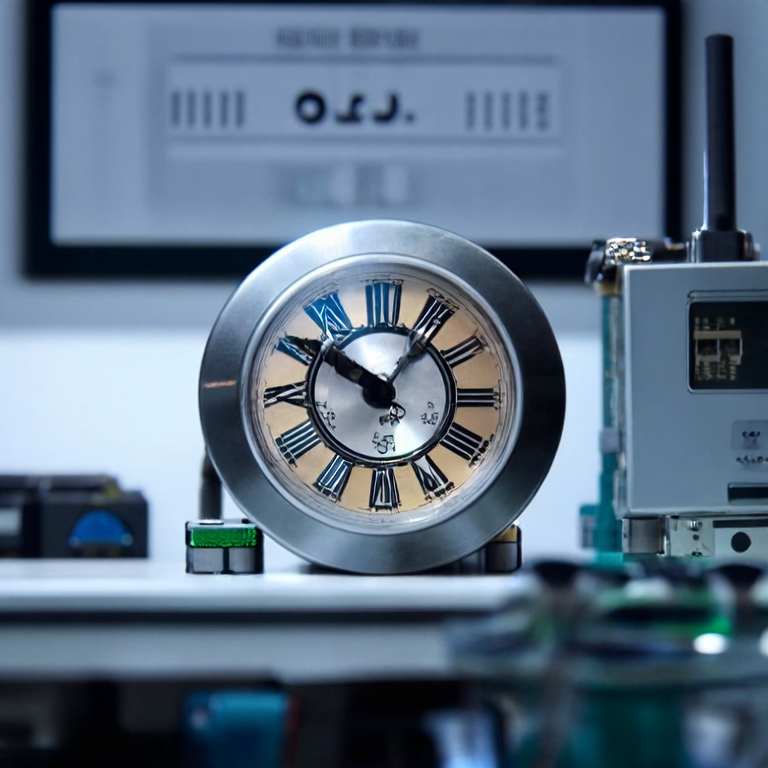
 EN
EN
atomic clocks are highly precise timekeeping devices that utilize the vibrations of atoms, typically cesium or rubidium, to measure time with unmatched accuracy. However, like any technology, they can encounter issues that may affect their performance and accuracy. This article provides a comprehensive guide for troubleshooting common problems associated with atomic clock systems, ensuring you maintain their precision over time.
Maintaining atomic clocks can be straightforward with the right troubleshooting approach. By following this guide, users can efficiently identify and resolve common issues while enhancing the reliability of their timekeeping systems. When in doubt, consult the manufacturer\'s specifications or seek professional assistance for complex problems.

Latest News
Dec. 12, 2025
Dec. 12, 2025
Environmental Adaptation in Timing Systems: Overcoming Temperature and Vibration
Dec. 11, 2025